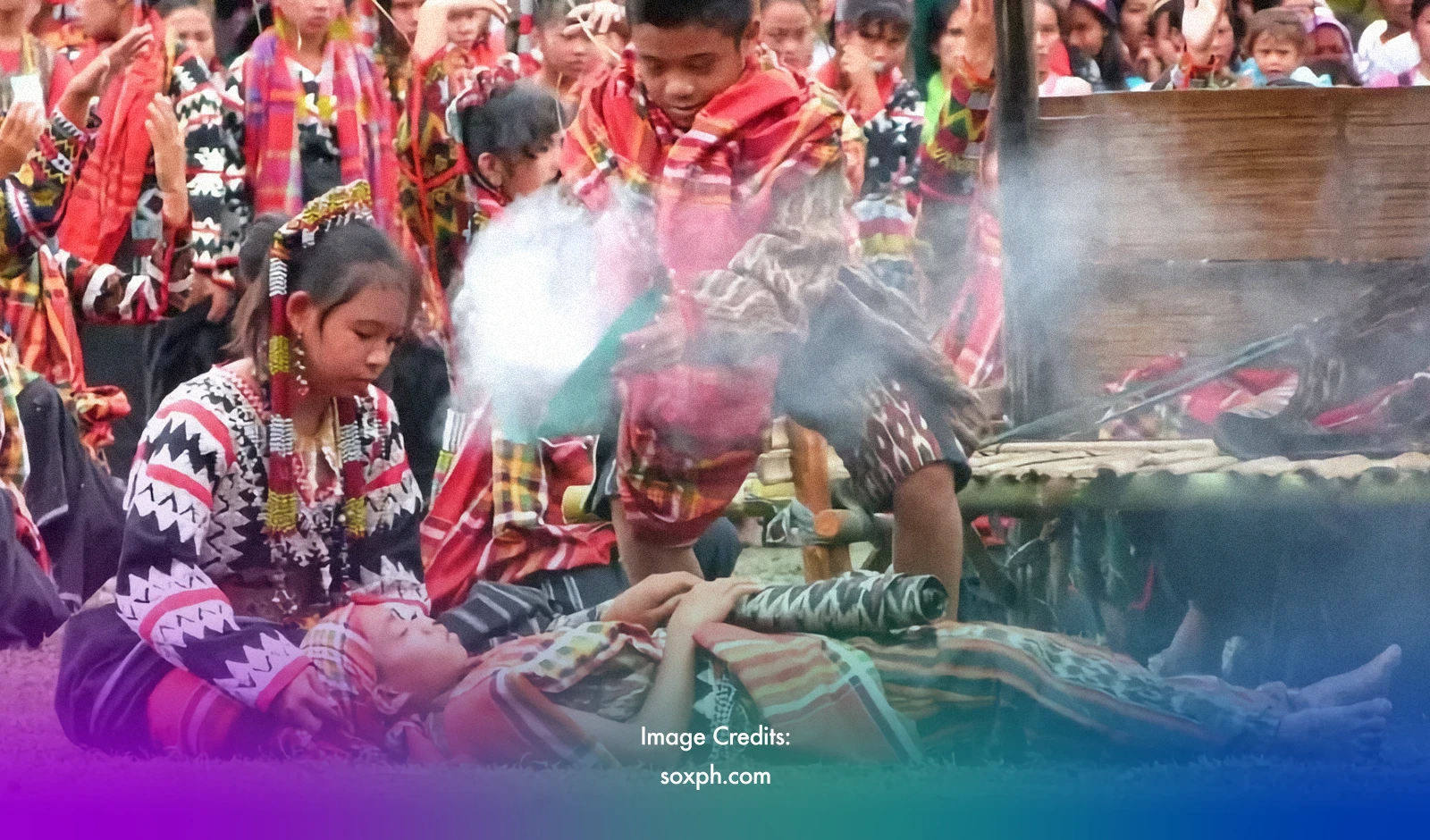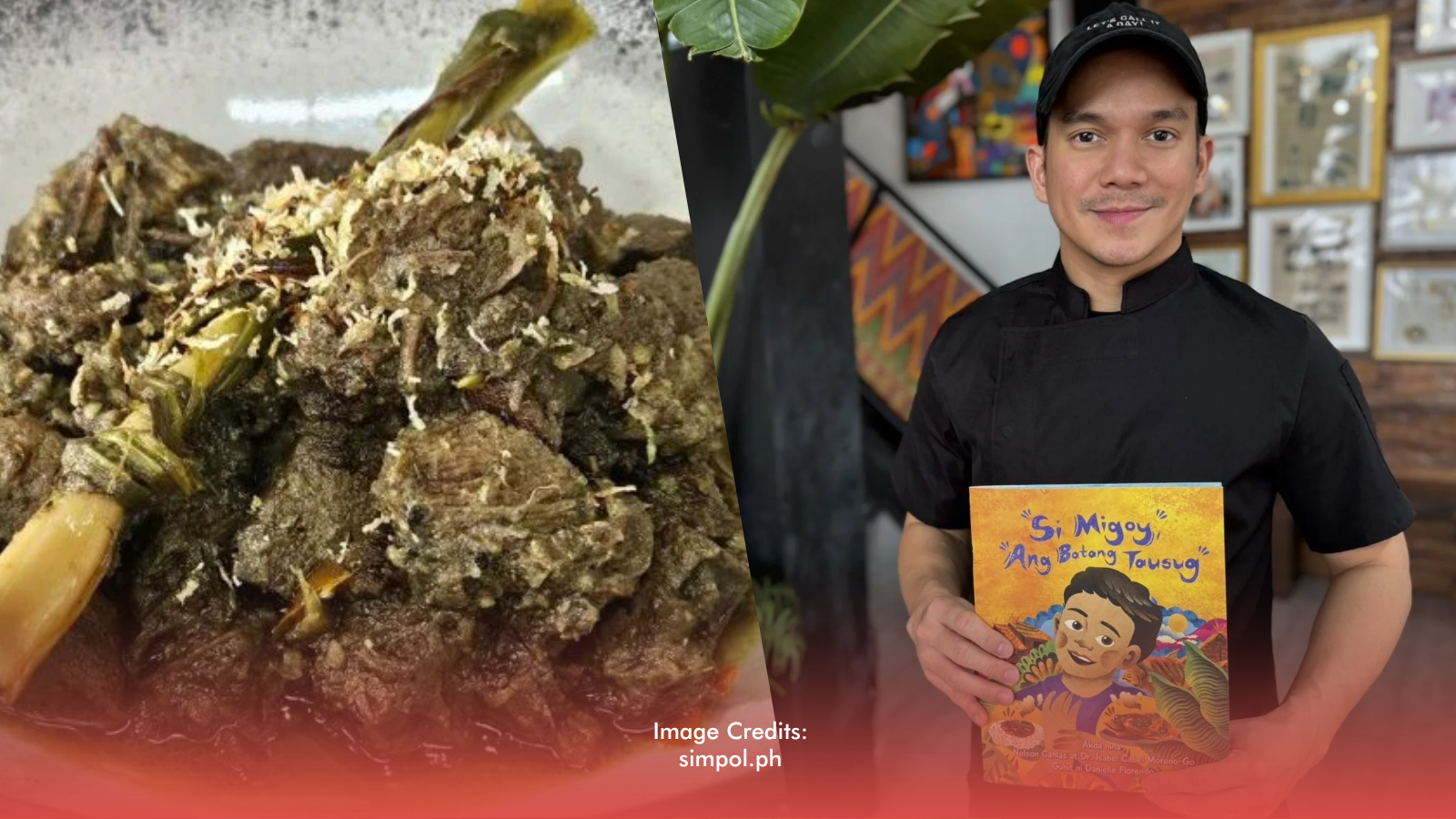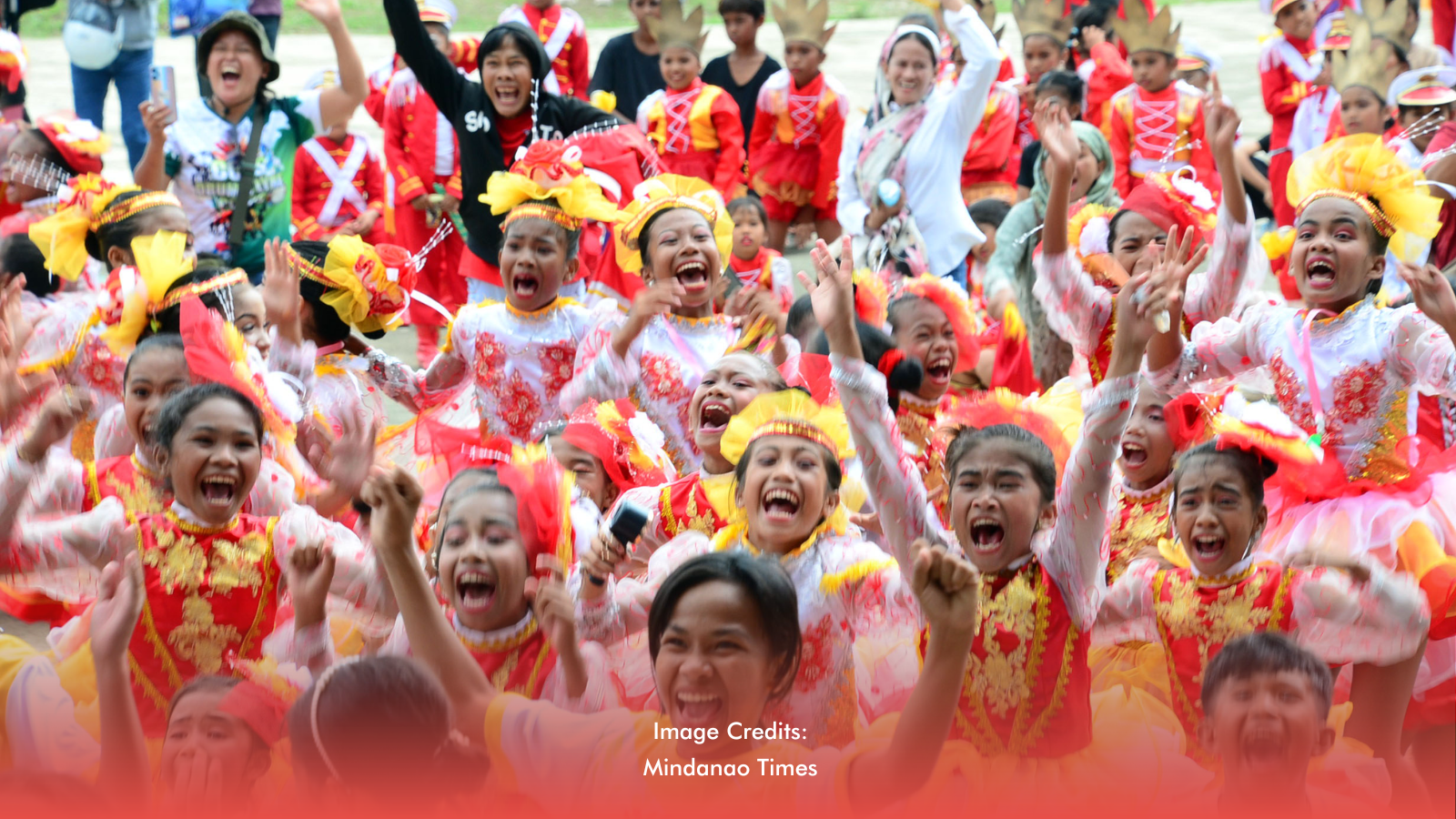In the Philippines, the traditional burial practices of indigenous groups like the Tboli and Blaan are quietly disappearing, overshadowed by modern customs. Yet, in some remote areas, these rituals endure, offering a glimpse into a rich cultural heritage that binds communities to their ancestors.
Tboli Burial Practices: A Deep Connection
Public school teacher Jacelyn Tuan-Miguel fondly recalls her childhood experiences with Tboli burial customs. For the Tbolis, the journey of the deceased doesn’t end with death; it is a process filled with reverence. The body is preserved in a carved log, a tradition that signifies respect and love. Tuan-Miguel describes the log, saying, “Malaking log po na hinati sa dalawa, inalis ang loob na part both sides para magka espasyo at dun ilagay ang patay, kasama ang mga gamit, like damit kumot at iba pa” (This is a huge log cut into two, its insides hollowed out to create space for the body and personal belongings).
In the remote village of sitio Falel, Tbolis still practice this ritual, according to Ener Toguin, a project assistant with the Sarangani provincial government. The deceased undergo a cleansing ritual, and then they may remain in the log for up to three years, allowing families time to grieve and celebrate their loved one's life before burial. This period of mourning deepens familial bonds and preserves a spiritual connection.
Blaan Customs: A Link to Ancestral Traditions
The Blaan people, too, have distinctive burial practices that reflect their cultural identity. While many of these customs are fading due to modernization, Toguin, a member of the Blaan community, shares insights into their traditional rituals. Historically, the Blaan would place the deceased on tree branches or in mountain crevices. In some cases, if a death was believed to be caused by malevolent spirits, the body might be left in the home, where family members would gather to honor the soul through storytelling and remembrance.
These ancient practices are becoming increasingly rare as modern influences reshape the cultural landscape. The arrival of settlers has shifted Blaan communities towards contemporary burial methods, threatening the continuation of their unique customs.
The Importance of Cultural Preservation
The Tbolis and Blaans inhabit the mountainous regions of South Cotabato and Sarangani provinces, where their cultural heritage is intricately woven into the fabric of their daily lives. While some of these practices still persist in isolated areas, the inevitable march of modernization presents both challenges and opportunities.
Preserving these rituals is crucial for maintaining cultural identity. Efforts to document and revitalize Tboli and Blaan burial practices can help ensure that future generations remain connected to their roots. As these rituals face the risk of being forgotten, they serve as a powerful reminder of the importance of honoring our ancestors and the rich traditions that shape who we are today.








